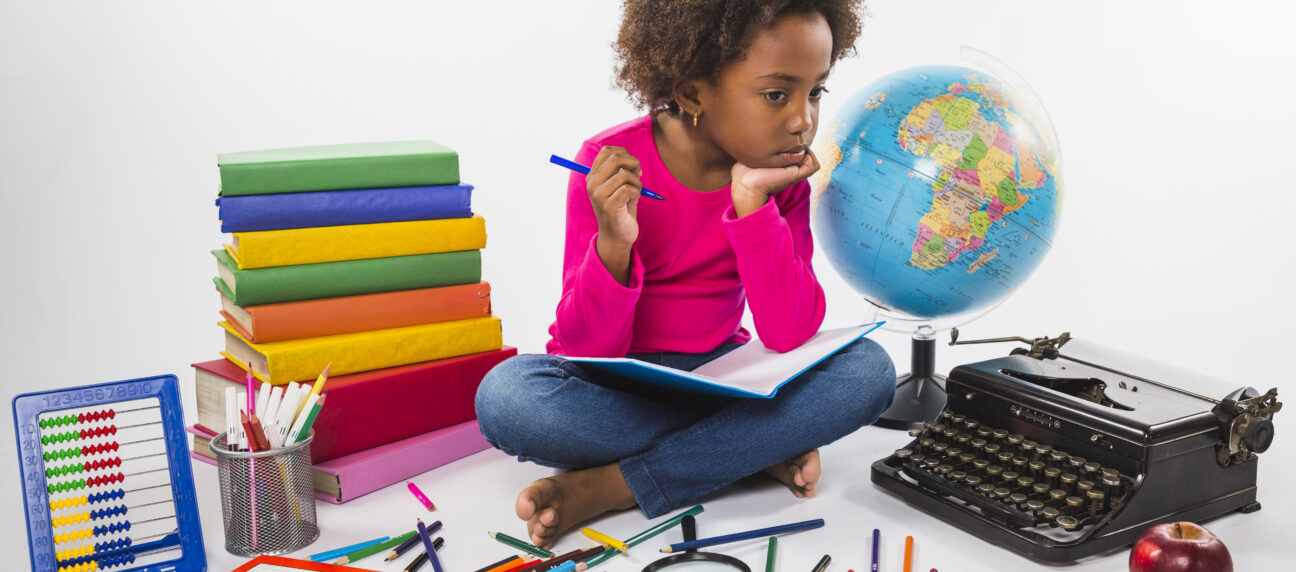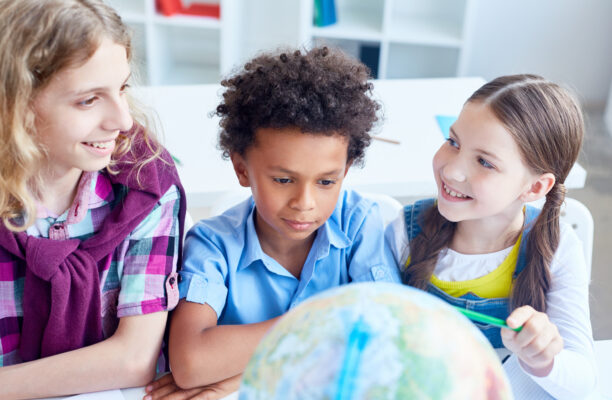Primary education is the first stage of formal education, coming after preschool/kindergarten and before secondary school. The International Standard Classification of Education considers primary education as a single-phase where programmes are typically designed to provide fundamental reading, writing, and mathematics skills and establish a solid foundation for learning.
What is the new curriculum in Kenya?
CBC Education System
The Competency Based Curriculum (CBC) consist of 2-6-3-3-3 education cycle. Every learner shall transition through a minimum of 17 levels, every level as period of 1 year. The KICD has grouped them into 4 general categories:
- Early Year Education (Pre-Primary & Lower Primary)
- Middle School (Upper Primary & Lower Secondary)
- Senior School (Upper Secondary)
- Tertiary Education (TVET or University)
What used to be called Subjects are now known as Learning Areas. Topics are known as Strands and Sub-topics called Sub-Strands.
Early Year Education (EYE)
This level bestows mastery of basic skills upon the learners. This group consist of 2 sub-categories:
- Pre-Primary
- Lower Primary
.Pre-Primary
This first entry takes a period of 2 years, a learner enters the education system at the minimum age 4 of years old. The first class is PP1 short for Pre-Primary 1 followed by PP2 (Pre-Primary 2). This is what used to be referred to as Nursery. Prior to this entry level, the Day-Care also exists. It takes 1 year but is not a requirement.
Lower Primary
After Pre-Primary, the learner enters the Grade level. This consist of:
- Grade 1
- Grade 2
- Grade 3
In order to proceed to Middle School, the Kenya National Examination Council (KNEC) will have learners sit an exam or rather assessment, this together with a combination of class-based assessment shall determine if a learner is fit to proceed to the next level.
CBC replaced subjects with what is known as learning areas, and this majorly consists of activities.
Topics is replaced by strands. A learning area at this level heavily consists of Activities, this is the use of learning aids such as physical objects such as bottle caps to help the learner in counting in Mathematics.
Pre-Primary (PP1 & PP2) learning areas include:
- Mathematics Activities
- Language Activities
- Environmental Activities
- Psychomotor and Creative Activities
- Religious Education Activities
Religious Education Activities consists of
- Christian Religious Education
- Islamic Religious Education
- Hindu Religious Education
A student must pick a learning activity based on the above, if the school is offering all the above.
In CBC, students are promoted to the next grade based on attainment of a
required Expectation Level. Not marks.
Education for Learners with Special Educational Needs
Special needs education, also called special education, is the education of children who differ from the average in various ways that require modifications of usual school practices. It involves the individually planned and systematically monitored arrangement of teaching procedures, adapted equipment and materials, and accessible settings. It aims to help individuals with special needs achieve a higher level of personal self-sufficiency and success in school and in their community. Special needs education may follow a similar curriculum as the regular education system, but it takes individual needs into account by providing specific resources and, if appropriate, modified educational content or learning objectives. Special needs education in Kenya is provided at no cost to parents.


